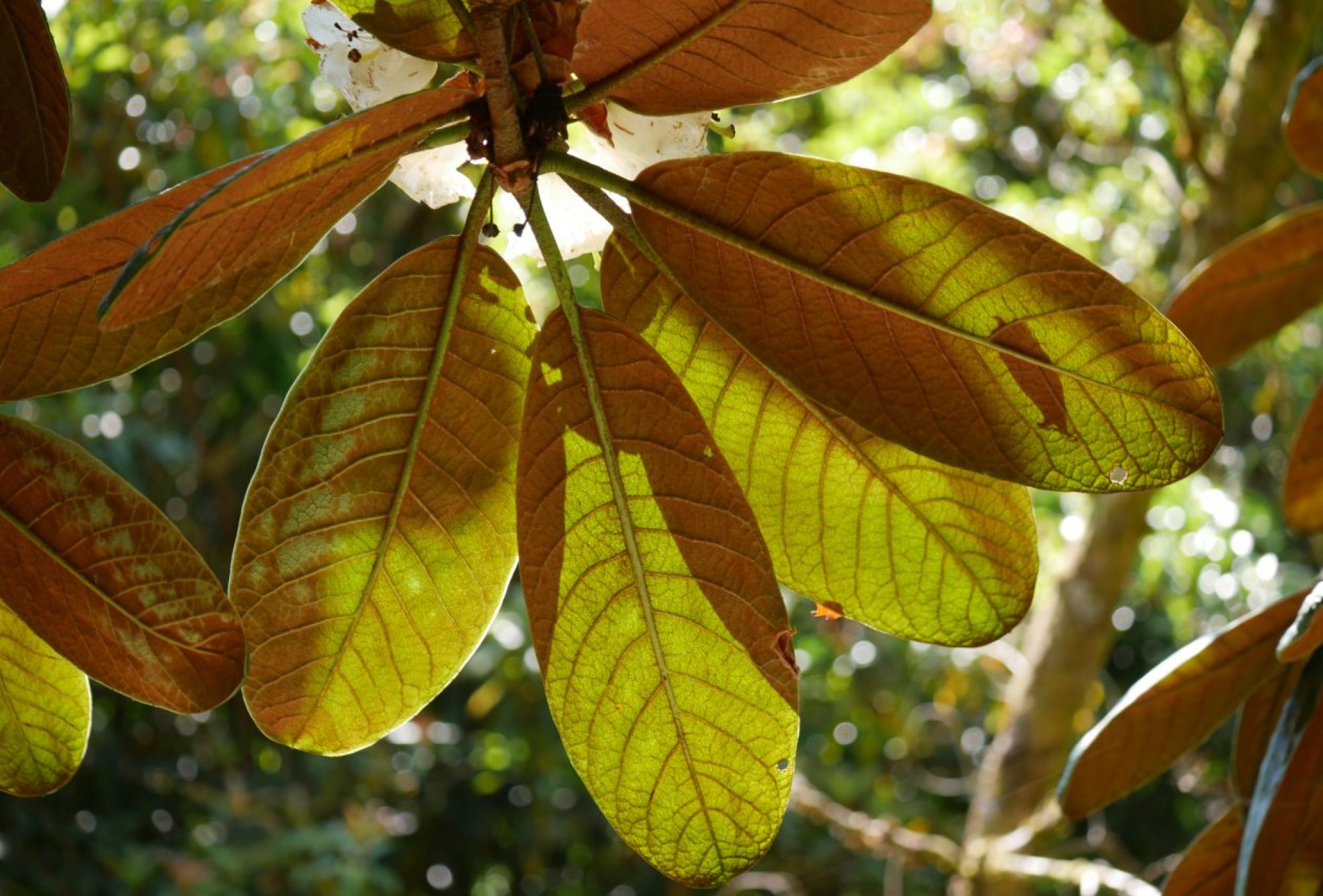This week saw the return of visual arts and music. This week music was practical based and saw us don our musician hats and embrace the xylophone and glockenspiel. We broke off into small groups and each played a tune or two. We were working with figure notes rather than standard notation that is seen on sheet music. Figure music is where each note on the instrument is a different colour going from one end of the scale to the other. When the notes move up or down an octave the colour stays the same but the shape changes thus telling the player that they have changed octave. The colours and shapes match those on the sheet music, this is great to use as a starting point for learning to play/read music as there is no confusing stave lines or note values. If a note is not one beat long then the box in which the coloured shape is situated elongates or shortens depending on whether the desired note is more or less than a single beat. When we had all had a practise of the three songs (twinkle twinkle, jingle bells and Frere Jacques) we played them together as a class. Then we moved on to the more daunting task of improvisation. Each person had 16 bars of improvisation to fill based around a pentatonic scale following the tune of ‘Hit the road Jack’. This part was really nerve racking, but I think it was a good thing to experience as it gave everyone else the chance to hear how ‘talented’ the others were and when you realised that everyone is in the same boat as you, it put you as ease and made you a little more confident. Once we had finished with the practical work we went on to talk about Chernaga, which is a fantastic music resource that helps you plan lessons for music, it also has a feature that if you are doing a certain topic e.g. they have music based activities that you can do for that topic.
The second workshop was all about art and being creative. We spent the first hour or so creating our own paintbrushes from a variety of different materials with the handle part of the brush made from whippies (Willow branches). The rest of the brush was all up to us, we could choose from: wool, string, feathers, buttons, polyester stuffing and lots of other things. Creating your own paint brush is a great activity to do with children as they are expressing themselves but also they usually take better care of things that they have made rather than been given. It also reduces the expectations as well because, if you were to give a child a small/fine paintbrush they would feel that you wanted them to create an intricate piece of work, which in most cases they are not able to create. Once we had finished creating and decorating our paintbrushes we moved on to painting. We all chose a piece of A3 paper and were given a palette with some blue, yellow, red and white paint. Then we had a picture described to us and then we went on to paint what we imagined the painting to look like using our homemade paintbrushes. This was a really good exercise to do as it showed that although everyone heard the same instructions the outcome was different for every person. I think i would definitely use both of these activities in an art lesson as they are good fun and reasonably easy to carry out.
Here are some pictures of my paintbrush and painting being created.

















